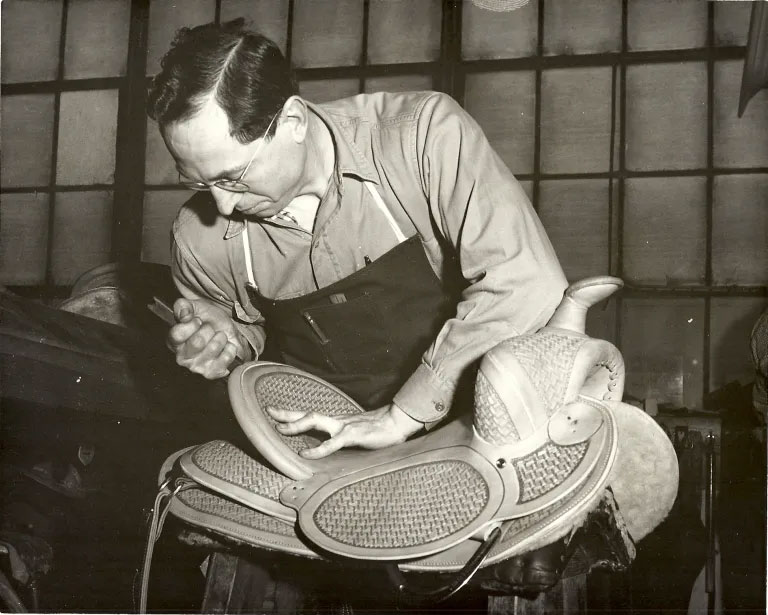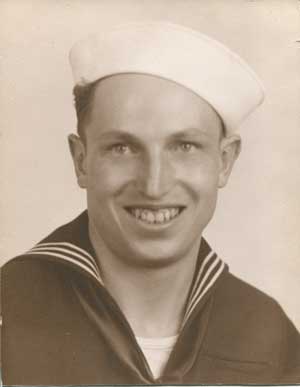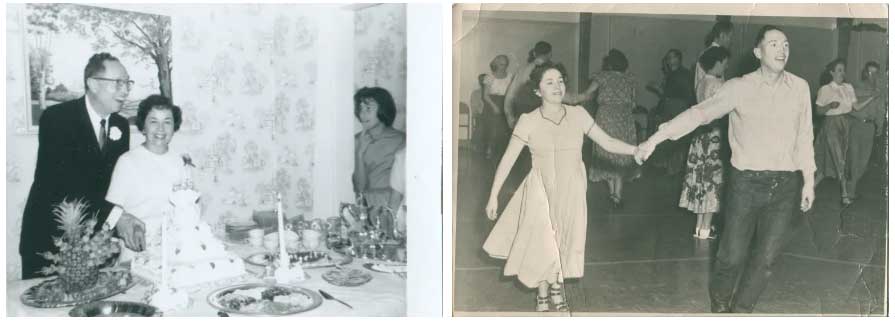
Purchasing a horse farm or an equestrian center can be a very exciting yet overwhelming venture. It is far more complex than buying a home since many factors need to be considered for the best care and safety for your horses. When looking at equestrian real estate, it is important to consider the following factors.
Land
The amount and quality of land is one of the most important factors to consider when buying equestrian real estate. You will need enough land to accommodate your horses, as well as any other buildings or facilities that you plan to have on the property. The land should also be suitable for horses, meaning that it should be well-drained and have good footing.
Facilities
The type and condition of the facilities on the property are also important to consider. Do you need a barn, stalls, wash racks, tack rooms, or any other facilities? Are the existing facilities in good condition?
Location
The location of the property is also important. Do you want to be close to other equestrian facilities, such as riding trails, showgrounds, or veterinary clinics? Do you want to be in a rural area or a more suburban or urban area?
Test the Water, Test the Soil
Good water is key to good health. Check if there is an ample water supply and find out if there are water sharing rights.
Horses are greatly impacted by the quality of land. When you test soil, look for things such as alkaline, acidity, and salt levels. You’ll also need to look for signs of bad pesticides or herbicides. Even if sprayed years ago, they can still impact the soil today. When horses are grazing, they take in bits of soil along with the grass. If there are not enough nutrients or if the soil has pesticides, your horses are going to suffer. Tell the laboratory that you’re raising horses, not food crops. Horses and crops need different nutrients to be their best. Land that is good for crops may not be good for your horses.
Budget
Equestrian real estate can be expensive, so it is important to set a realistic budget before you start shopping. Keep in mind that you will also need to factor in the cost of maintaining the property and caring for your horses.
Financial Commitment
Horses are expensive animals to keep. You'll need to factor in the cost of bedding and feed, farrier services, veterinary care, stabling or boarding fees, deworming, vaccinations, and other miscellaneous expenses. You may also choose to insure your horse which is an additional cost.
Time Commitment
Horses are social animals that require regular handling and attention. You'll need to spend time each day feeding, watering, cleaning their stall, grooming, and exercising them. Even if you board your horse at a stable, you'll still need to factor in travel time to and from the barn.
Finding Suitable Housing
Horses need a safe and secure place to live. You'll either need to have enough property to provide them with pasture and shelter, or you'll need to board them at a stable. Boarding fees can vary depending on the location and amenities offered. Here's a Boarding Checklist to help you in your search. Likewise, if you plan on having grooms or caretakers live on your property to look after your horses and farm, ensure that there is adequate staff housing available.
Know Your Neighbors
Owning a horse can be a challenging but rewarding experience. It's important to have a support system in place, such as a trainer, a farrier, a veterinarian, and other horse owners. These people can provide you with guidance, support, and friendship.
Get to know your neighbors. When you find that perfect piece of land, go introduce yourself. These are the people that know about the land, the weather, and what to do in emergencies. Find out what they do with their farmland, any problems they have, and let them know what you’re thinking of doing with your own potential property.
Keeping all of these in mind, owning a horse can be an incredibly fulfilling and rewarding relationship for many years, so treasure every moment!
You can find real estate agents specializing in equestrian property, state by state, in our section on Real Estate. For example, here's the resources for real estate agents in California.
There's even more informative and entertaining articles in our section on Recreation & Lifestyle.
by Troy Griffith - Here is a method of tying your rope halter that will never allow the knot to tighten under pressure to the point that you can't untie it. I saw this being demonstrated on John Saint Ryan's Facebook Page, but had no way to share it so I made a video myself.
I have been informed that this method has been around for a lot of years, but as I could not find any previous video that demonstrated it, I can only surmise it is the best kept secret in modern horsemanship, until now. ;)
Read more: An Alternative Tying Method For A Rope Halter (2:31)

William “Bill” Henry Knight is widely considered one of the greatest stampers of all time. Due to family obligations, he cut his stamping career short, leaving leatherwork at the height of his craft, at age 40. But before he did that, within a condensed 15-year period, he executed some of the most extraordinary examples of American leather carving and tooling ever made.
At 20, Bill apprenticed as a stamper at Rowell’s Ranch in Castro Valley, part of California’s Bay Area. There, Bill became immersed in the California-style stamping tradition, learning from craftsmen who had previously worked at California’s famous Visalia Stock Saddle Co.
Stanley Diaz—the most renowned California stamper of the era—worked at Rowell’s during Bill’s time there. Dave Silva, who later became Visalia’s last foreman and one of the most acclaimed saddle makers of the second half of the 20th century, apprenticed at Rowell’s at the same time as Bill.
It is unknown whether (and if so, to what extent) Diaz taught Bill how to stamp, but it is obvious that Diaz’s work—and the Visalia stamping tradition generally—had a profound influence on Bill.
Indeed, among Bill’s personal possessions, he kept, together with three Ray Holes Saddle Co. catalogues in which his work appeared (Numbers 48, 52 and 57), a 1942 Visalia advertisement depicting a finely tooled saddle very similar to the work Diaz was doing at the time.

While serving on the Sea of Japan during World War II, Bill honed his stamping skills during off-duty hours making stamping tools out of nails and other materials he could find. When Bill returned home to Idaho after the war, he intended to take up where he left off at Rowell’s by making a career in saddle making.
Over the next five years, at Ray Holes’ shop, Bill executed some of the finest examples of stamping ever published in a saddle shop catalog. The following decade, he stamped exquisite trophy saddles at Hamley’s & Co, including the 1959, “Oregon Centennial” saddle. Then, like the streak of his talent that hit the saddle making world in the 1940s, he was gone.
Bill was born on January 30, 1921, in New Plymouth, Idaho. His parents, Clarence and Viola Knight, had five children of whom Bill was the middle child. By all accounts, he grew up in a loving Idaho country household, where creativity, good works, self-sufficiency and family life were celebrated.
In his 80s, Bill took up journaling about his life. In his biographical essays, which demonstrate his artist’s touch, he wrote about his childhood.
Writing about his mother, Bill stated, “She was the most beautiful human I could imagine. She learned to cook and to sew and to love it I know, for she did it bettern’n anyone else. She loved gardening, for food and flowers.” “I never had a store-bought shirt while I lived at home,” he wrote, “same as Dad and both my brothers.”
Bill recalled “the pump in the yard of the country school, with its drinking cup hung on a wire hook,” and the “magpie nest in the cottonwoods down by the river.” “There was a slough almost stagnant, where you could almost always see a muskrat and out in the sagebrush, just across the irrigation canal, you’d scare up jack rabbits and once in a long while, a coyote,” he wrote.
In keeping with their idyllic home life, the Knight children grew up to be romantics—Bill’s older sister, Lois, was a gifted singer and piano player; his younger sister, Bonnie, and younger brother, Terry, were also singers and musicians; and his older brother, Buck, grew up to be a working cowboy who managed ranches all his life.
Bill loved the West. Recalling the times when he, Buck, and his father attended rodeos, Bill stated, “Dad was possibly classifiably a rodeo fan. He went and took brother Buck and me to convent rodeos in neighboring towns, until we grew familiar with the various events, and gradually with some of the more prominent contestants.”
Bill recalled the first time he attended the Pendleton Round-Up, stating, “Maybe I was about 13, the first time [Dad] took us to the Pendleton Round Up. That was definitely big time. There they saddled the bucking broncs right out in the arena, rather than inside a closed chute, making it more like a realistic ranch event.”
At the Pendleton Round Up, Bill watched three-time World All-Around Champion, Robert “Bob” A. Crosby, referred to as “King of the Cowboys” by Life magazine. Of Crosby, Bill said, he “was a big money winner at calf roping and maybe other timed events” and “hero worship welled up when he performed.”
Bill graduated from New Plymouth High School in 1939, after which he attended Boise Junior College (now known as Boise State University). As a young man, Bill aspired to become a writer and journalist.
During their courtship, Bill wrote his high school sweetheart and future wife, Sara Louise Tucker, a poem titled My Road— (February 14, 1938), which is reminiscent of Rudyard Kipling’s If— and just as powerful:
“I want to be the kind of man
That wants to live, and really can!
That is my ambition.
And when I’ve served my sentence out
I’ll face my maker without doubt
Of my position.
I want to live in such a way
That men who know me well can say:
“He never lied
To any fellow—fool or king,
But smiled—at death, and everything.”
You bet, I’ll have a home or bust
A love—an inter-family trust—
And then stick to it.
I want to be the type of lout
That I’d be proud to brag about—
—And then—Not do it!”
On July 8, 1940, Bill, age 19, married Sara, age 18. Sara, whose mother was from Mexico, was a devout Catholic. Bill, who was raised as a Methodist, also became a devout Catholic.

When the young couple started having children, Bill worried about being able to support them. They went to see a Catholic priest, about whether there might be any flexibility in the rules prohibiting the use of birth control. The priest essentially told them, “It is what it is.”
Bill and Sara eventually had seven children—six sons (three of whom studied for the priesthood, but ultimately opted for conventional family life) and a daughter.
In 1941, Bill started his stamping career with an apprenticeship at Harry Rowell’s Ranch in Castro Valley, California. Bill worked there with his then brother-in-law Steve Hoagland, a saddle maker, who had married Bill’s sister Lois during her time as a singer in the Bay Area.
Rowell, known as the “Rodeo King of the West,” arrived in the Bay Area in 1912, in his early 20s as a penniless Englishman. By the 1940s, he was living the American dream as the successful owner of slaughterhouses, a rancher and a rodeo producer and promoter—and founder of the famous Rowell Ranch Rodeo.
Rowell wanted to establish a saddle making business that would complement his other businesses. Following the standard modus operandi, he deployed to create his business empire; Rowell partnered with and hired the best workers he could find.
Rowell convinced Visalia’s foreman, Victor Alexander, to partner with him. In 1940, at Rowell Ranch, the two formed the Victor Alexander Company, with Alexander serving as president and Rowell as vice president.
Alexander, originally from Gallup/Ft. Wingate, New Mexico, previously worked on dude ranches and competed in the rodeo circuit throughout the country. After an injury in Miles City, Montana, Alexander joined Visalia in 1935 (then under the direction of Leland Bergen), and became Visalia’s foreman after five years.
When Alexander left Visalia for Rowell’s, a number of former Visalia workers followed him there, including stamper Stanley Diaz.
According to Victoria Carlyle Weiland and William A. Strobel’s Here’s A Go! Remembering Harry Rowell and the Rowell Ranch Rodeo, every worker at Rowell’s new saddle shop was “a specialist, whether silver or goldsmiths, engravers, leather toolers, wood workers who made the saddle trees, or spinners who spun the mohair from which the cinches and ropes were made.”
Weiland and Strobel state that, before the doors opened, the company had $20,000 worth of orders and a waiting list of 25 clients from Wyoming, Arizona, Oregon, Nevada, the Midwest and Canada. Rowell secured lucrative contracts with Sears, Roebuck & Company to develop saddle lines for them. Bronc rider Fritz Truan, fresh after winning the prestigious Madison Square Garden saddle bronc riding title, placed the company’s first order, which was for a hand-tooled belt.
Thus, at the time Bill apprenticed at Rowell’s Ranch, it offered a unique environment for a young stamper interested in rodeos and the western lifestyle and tradition. Indeed, as proof of Rowell’s ability to attract talent, three of the greatest California style stampers—Stanley Diaz, Dave Silva and Bill Knight—all worked together at Rowell’s before World War II.
According to Silva, Diaz noticed Silva tooling backgrounds on saddles at the shop. Diaz told him, “Kid, you’re too good. You can do backgrounds on my stuff,” and from that point, Silva worked directly under Diaz.
Silva described Diaz as “one of the greatest rose stampers of all time, very likely the best rose tooler in the world.” Referring to the realism of Diaz’s work, Silva said, “You could almost reach in and pick them.”
According to Silva, the young stampers at Rowell’s envied his relationship with Diaz. It is very likely that Bill was one of those young stampers who watched in awe, as Diaz plied his trade with young Silva by his side.

The details of Bill’s relationship with Diaz are unknown. However, Diaz’s carving and tooling style – and more generally, the California stamping tradition which emphasized an effort at realism using specific flowers, buds and stems, developed at Visalia and other Bay Area saddle shops – made a tremendous impression on Bill.
Later in his career, when Bill’s admirers referred to him as a “master saddle maker,” he would balk. While Bill could make a saddle, he did not consider himself a master saddle maker.
But when his admirers referred to him as “a master stamper,” he beamed with pride and did not protest the point. After all, he was indeed a master stamper and had learned from, and worked alongside, some of the best in the history of the craft in America.
World War II interrupted the work of many of Rowell’s workers; Bill was no exception, despite his uneasiness about war. Along with Diaz, Silva and others at Rowell’s, Bill joined the war effort.
In this StallSide episode, Dr. Emma Adam and Krista Lea from the University of Kentucky join cohosts Dr. Bart Barber and Dr. Peter Morresey for a conversation on the complexities of tall fescue and the implications of endophyte ingestion. The conversation opens with Dr. Adam and Lea sharing their expertise on the characteristics of tall fescue grass and the symbiotic relationship it forms with the endophyte fungus. Throughout the episode, the cohosts and guests offer a balanced blend of scientific knowledge and practical advice, exploring the effects on equine health and addressing the significance of proper pasture management techniques.
Read more: Rood & Riddle Stallside Podcast - Tall Fescue Woes: Insights on Endophyte Ingestion
Our Mission — Serving the professional horse person, amateur owners, occasional enthusiasts and sporting interests alike, the goal is to serve all disciplines – which often act independently yet have common needs and values.
Equine Info Exchange is totally comprehensive, supplying visitors with a world wide view and repository of information for every aspect related to horses. EIE provides the ability to search breeds, riding disciplines, horse sports, health, vacations, art, lifestyles…and so much more.
EIE strives to achieve as a source for content and education, as well as a transparent venue to share thoughts, ideas, and solutions. This responsibility also includes horse welfare, rescue and retirement, addressing the needs and concerns of all horse lovers around the world. We are proud to be a woman-owned business.